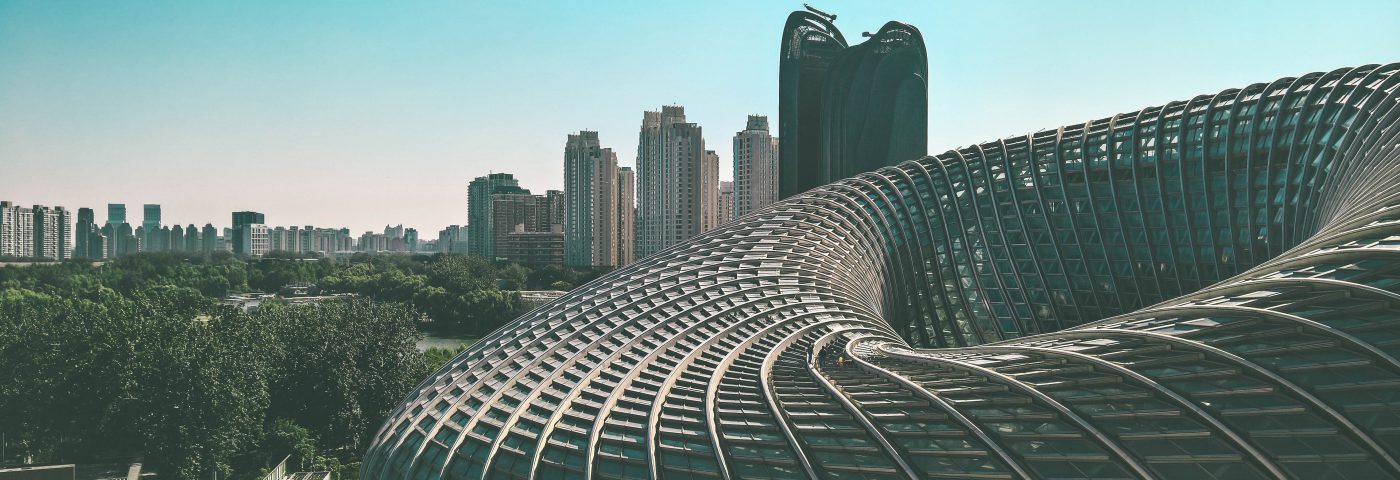The Hurun Research Report, ‘Chinese Luxury Travellers 2017’ examines the travelling patterns and future travel trends of Chinese luxury travellers. Produced in partnership with ILTM Asia 2017, the extensive new research report gathers the views from over 330 participants across 12 cities in China.
The following 8 findings represent the key trends in Chinese HNWI travel today…
- Boutique hotels are increasingly popular among luxury travellers. China’s luxury travellers have an average accommodation budget of 3,700 yuan per night. Over 30% of them have budgets over 5,000 yuan. Luxury hotels are still the first choice for China’s luxury travellers. The Ritz-Carlton and Four Seasons hotels are among the most popular choices, ranking first and third. But boutique hotels are increasingly favoured, with Banyan Tree jumping from sixth place last year to fourth place this year, whilst Aman entered the top ten in seventh place.
- Luxury travel agencies are developing rapidly. Agencies have grown at a rapid pace over the past two years, with customised tourism products increasingly used by China’s luxury tourists. 72% of younger respondents used these sorts of products in 2016, an increase of 7.5% from 2015.
- A big increase in travel expenditure. The young high-end Chinese tourists surveyed for the report boast an average wealth of nearly 22 million yuan. Their travel expenditure amounts to nearly 380,000 yuan per year. With the increase of China’s HNWIs wealth and the effects of anti-corruption campaigns, their purchasing power has risen significantly from 14 million yuan per capita in 2015 to 22 million in 2017, a rise of 58%.
- Destination choice patterns are dependent on seasons. 59% of the luxury travellers surveyed prefer to travel in low season. In the summer and autumn, younger luxury travellers prefer to travel to Phuket (27%), Maldives (18%), Fiji (16%) and Sanya (16%). However, in the colder winter and spring months, Australia (16%) and Phuket (18%) are attractive to sun-worshippers. On the other hand, ski enthusiasts flock to Japan (32%), Canada (8%) and Switzerland (7%).
- The gastronomy patterns of luxury traveller’s are varied. 22% of young luxury travellers pointed out the importance of gastronomy and restaurant variety when they are choosing a hotel. Local cuisine (56%) is the most desirable food for travellers when they are dining in a hotel, followed by Japanese (32%), Cantonese (31%) and Sichuan (26%) style.
- 61% of luxury travellers choose to fly in first class or business class. China’s luxury travellers are placing a higher premium on comfort while travelling. When they talk about their most memorable trip experience, 61% of the respondents pointed out that they chose to fly in first or business class.
- Adventure travel is booming. Global travel, polar exploration and adventure tourism will be attractive to China’s luxury travellers in the next three years. Compared with leisure tourism, adventure tourism has caught more and more high-end tourists’ attention in the last few years. The report shows that a higher proportion of respondents are looking forward to challenging themselves. Among younger respondents, 36% of them plan to travel to Africa and 32% of them would love to explore the Polar Regions.
- The number of China’s millionaires is increasing. By the end of May 2016, the number of Chinese multimillionaires reached 1.34 million, 130 thousand more than the number in last year. This year, the number of billionaires will reach 89 thousand, with a growth rate of 14.1%. 45% of China’s luxury travellers have visited more than 20 countries overseas, and 10% of them pointed out that they have travelled to more than 40 countries. 20% of respondents have spent over 500,000 yuan on tourism over the past year. Nearly a quarter of them have visited their favourite overseas destinations 5-10 times. The figures showed that China’s luxury travellers have moved beyond their fledgling stage of development, and have reached a stage of full travel independence.
If you did not attend ILTM Asia 2017 you can still get your full copy of the report. Just subscribe to the View from ILTM quarterly newsletter to receive your copy by email, on July 12th.


